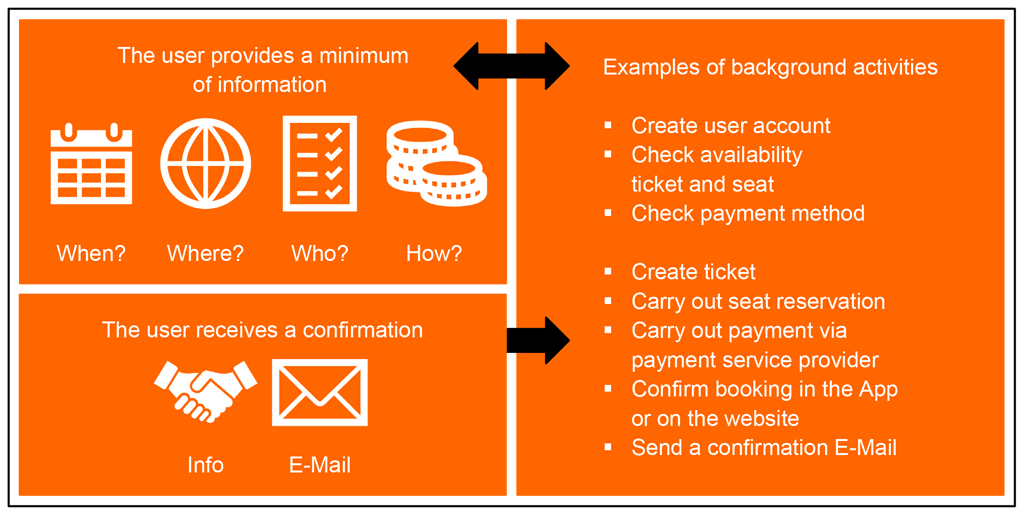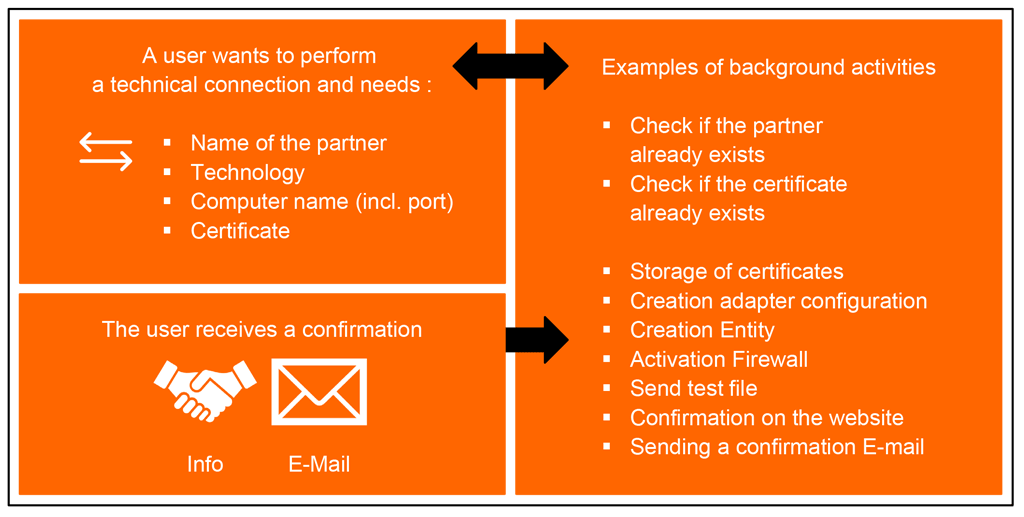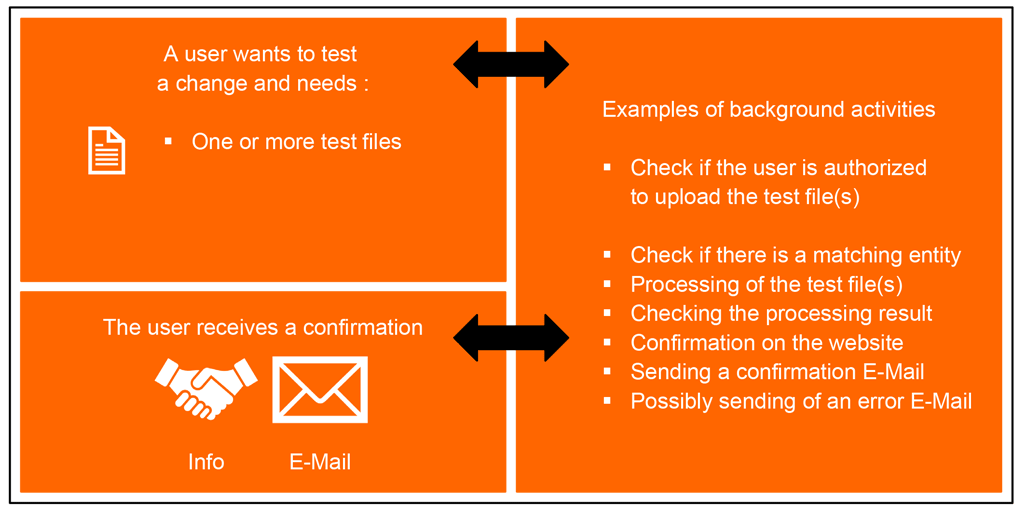Services around the clock? No problem, just do it right!

We all want to be able to access information on weather, stock prices, traffic jams or current product prices at any time, any place and in real-time.
New apps for smartphones or tablets are created almost daily, new websites with increasingly individual content become available and different applications or business partners want to exchange information with each other.
As a result, the range of use cases in which business integration and thus SEEBURGER play a role is also growing inexorably.
The term ‘customer’ even needs to be interpreted more broadly by a business integration team in the business environment. Here, all parties involved – whether external or internal – are to be seen as customers whose satisfaction is paramount. We can also speak of the so-called ‘community‘.
Avoid Pitfalls
However, the aforementioned trend must not only be in line with the capabilities of an integration platform, but must also be consistently reflected in its operation.
It is not at all appropriate, for example, to plan a maintenance window for the integration platform on a weekend when an interested customer would like to select their holiday season gifts around the clock via a web shop. In such a scenario, a maintenance window can lead to a loss of customer satisfaction.
Neither do long waiting or lead times for the implementation of standard requests or changes fit in with 24/7 operation of an integration platform.
Ensure The Permanent Availability Of The Integration Platform Through Active-Active And Self-Services
When we talk about the interaction with consumers of business integration services, both classic and modern interface technologies are effected.
In this context, the term ‘real-time’ is playing an increasingly important role at OSRAM. This means that an integration platform must be available around the clock. Both planned and unplanned downtime or even data loss must be avoided right from the design stage of an integration platform – or the risk must be reduced to an absolute minimum.
Traditional infrastructure methods such as server- or storage-based mirroring are often not applicable in combination with ‘cloud’ or are complex to implement. Furthermore, they usually only consider transactions on a purely infrastructure-related level and not in a technical context.
a) Example of Active-Active:
For the SEEBURGER Business Integration Suite (BIS) a so-called ‘Active-Active’ concept is available. This allows a BIS system to be operated simultaneously on several servers or virtual guest systems.
OSRAM currently operates a BIS on two virtual guest systems:

In the event of a planned or unplanned server failure, the BIS simply continues to operate on the remaining server. For example, maintenance work can be performed on the underlying operating system without negatively affecting the availability of the Business Integration Services.
This concept enables even more: maintenance work on the BIS itself, such as service pack updates, can also be performed out without having to stop the business integration services to do so.
This ensures that customers can be served around the clock, also with regard to business integration services.
b) Self-Services
The community can be involved via so-called self-services, which enable us to book a train ticket at home around the clock via an app or website, for example.
In this case, a service is defined once only, which can be used by any number of people and with any frequency without time and space restrictions. The user interface is designed as user-friendly and self-explanatory as possible, whilst the complexity is hidden in the background. The better such a service is designed, the less manual effort is required to handle a request.

Ideally, users can operate a self-service completely autonomously and thus get their results independently and directly (for example, a booked train ticket or a completed purchase). In this context, the human being takes on an even more important function than before: representatives can then deal with the few requests that deviate from a given specification in a more individualized manner, thus ensuring customer satisfaction.
This creates a win-win situation for everyone involved.
Example 1: One example of a business integration self-service at OSRAM is SEEBURGER BIS Message Tracking. It enables internal users to call-up information on the current status of a process via a user-friendly web interface around the clock. In this way, requests from other time zones or on weekends can be handled immediately and without manual intervention.
Example 2: Another example is the SEEBURGER Community Management Application (CMA), which allows self-services to be completely customized and adapted to company processes. Two specific use cases at OSRAM are:


The question about a self-services offer must always arise if at least one of the following points applies:

Conclusion
The requirements for the availability and organization of customer or self-services should be taken into account as early as in the planning stage already. Usually, the focus in the design phase is primarily on business needs, i.e. on the desired informative data flows, often without going into the technical details.
For tailor-made services, both the technology itself and the technical environment should be analyzed at this stage. This helps to avoid surprises later on, such as services being too slow, too error-prone or simply not feasible. If the feasibility of implementing the services with all modern technologies and Active-Active via a comprehensive integration platform such as the Business Integration Suite has been verified during the planning stage, the services can then be implemented quickly, flexibly, purposefully and permanently available.
Only in this way is it possible to achieve the best results for the ‘customers’ – as per the above definition.
Thank you for your message
We appreciate your interest in SEEBURGER
Get in contact with us:
Please enter details about your project in the message section so we can direct your inquiry to the right consultant.
Written by: Oliver Rupprecht
Oliver Rupprecht works for OSRAM since 1995 and deals with Business Integration and the digital change since 2001. He is responsible for the global integration platform at ams OSRAM and supports on consulting, conception and realization of integration demands.





